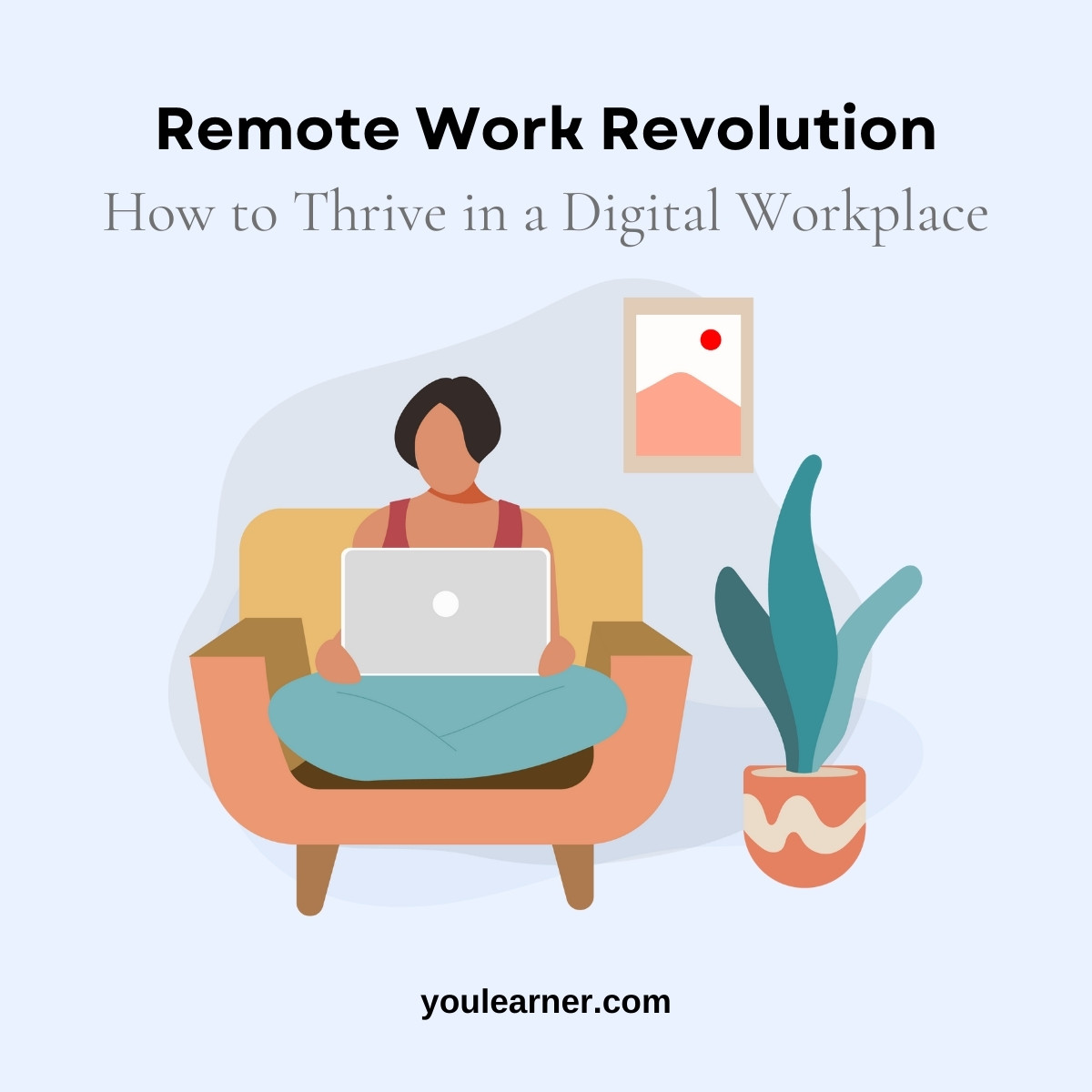The remote work revolution has transformed how we work, offering flexibility and freedom like never before. But it also comes with challenges. As more companies embrace remote setups, it’s essential to learn how to thrive in this new digital workplace. Here’s how you can boost productivity, communicate effectively, and maintain work-life balance while working remotely.
Embrace Productivity with Structure
Working remotely means no one is looking over your shoulder, which is great—until distractions creep in. Staying productive requires a clear structure:
- Set a Routine: Start your day at the same time each morning. Wake up, get dressed, and follow a schedule just like you would for an office job. This helps signal to your brain that it’s time to work.
- Designate a Workspace: Create a dedicated area for work, even if it’s a small corner of your home. This physical boundary can help you focus better and keep distractions at bay.
- Use Productivity Tools: Leverage apps like Trello, Asana, or Notion to organize tasks and deadlines. Time-blocking with tools like Google Calendar can also help manage your day efficiently.
- Take Breaks: Don’t skip breaks. Follow the Pomodoro technique—work for 25 minutes and take a 5-minute break. These intervals keep you refreshed and reduce burnout.
Master Communication in a Digital World
In remote work, good communication can make or break your success. When you’re not in the same room as your colleagues, you must be proactive about staying connected.
- Be Clear and Concise: Whether you’re writing an email or sending a Slack message, clarity is key. Use bullet points and keep messages short but informative.
- Leverage Video Calls: Video meetings on Zoom or Microsoft Teams can bridge the gap of not being in person. Turn on your camera to make the conversation more engaging and personal.
- Set Communication Norms: Establish guidelines with your team for when and how to communicate. For example, decide if urgent matters should go on Slack and less critical ones via email.
- Practice Active Listening: Pay close attention during virtual meetings. Acknowledge others’ ideas and ask follow-up questions to show you’re engaged.
Maintaining Work-Life Balance
One of the most significant perks of remote work can also be its biggest pitfall: the blending of work and personal life. To maintain harmony:
- Set Boundaries: Establish clear start and end times for your workday. Communicate these boundaries with your team to manage expectations.
- Disconnect After Work: Shut down your laptop and avoid checking work emails after hours. Use tools like “Do Not Disturb” on your phone to help enforce this.
- Create Rituals to Separate Work and Home Life: Activities like taking a walk after work or meditating can help you transition from work mode to relaxation mode.
- Prioritize Self-Care: Exercise regularly, eat nutritious meals, and get enough sleep. A healthy body fuels a productive mind.
Build Strong Relationships Remotely
Remote work can sometimes feel isolating. Building relationships with your team takes extra effort but is worth it.
- Schedule Virtual Coffees: Have informal one-on-one video chats with colleagues to build rapport outside of work discussions.
- Participate in Online Events: Join virtual team-building activities or celebrate milestones together. These events help foster camaraderie.
- Be Kind and Supportive: Acknowledge your colleagues’ efforts and offer help when needed. A positive work environment, even online, makes a huge difference.
Adapt to Evolving Challenges
Remote work isn’t static—it evolves. Stay adaptable by:
- Learning New Skills: Keep up with trends in your industry and learn tools that make remote work easier, like project management software or collaborative platforms.
- Seeking Feedback: Regularly ask your manager or peers for input on your performance. Feedback helps you grow and adapt to changes.
- Staying Flexible: Understand that things don’t always go as planned. Be ready to adjust your schedule or tools as needed.
Conclusion
Thriving in a digital workplace is about finding balance—staying productive, communicating effectively, and maintaining a healthy separation between work and personal life. By adopting these strategies, you can make remote work not just manageable but deeply rewarding. The future of work is here, and with the right mindset and tools, you can embrace it with confidence.





